Apart from GNOME, KDE Plasma is one of the powerful and dominant desktop environments that boasts a stunning appearance with polished icons and an amazing look-and-feel. KDE Plasma has evolved and is more crisp and elegant as ever.
This review takes a deep dive into some of the Best Linux distros that can support KDE Plasma 5.
1. Manjaro KDE
Manjaro is available for download in 3 Desktop editions: GNOME, XFCE, and KDE Plasma. But it’s the KDE Plasma edition that stands out from the rest with it’s downright elegant and flashy KDE Plasma 5 environment. At the time of penning down this guide, the latest version is KDE 5.18.4.
It comes with a modern and chic look, with some really cool menus that you can style to match your taste/preference. There’s no denying about it’s truly stunning and user-friendly UI that simple to use. Everything works out of the box, and there are you spoilt for choice as to the enhancements you can apply to improve the look-and-feel.
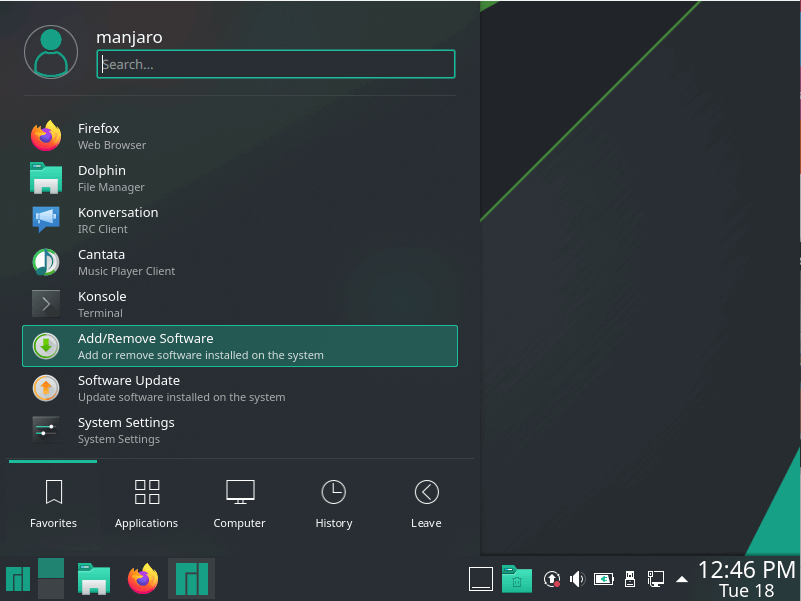
The default file manager is the Dolphin manager which has replaced Konqueror which also served as a web browser.
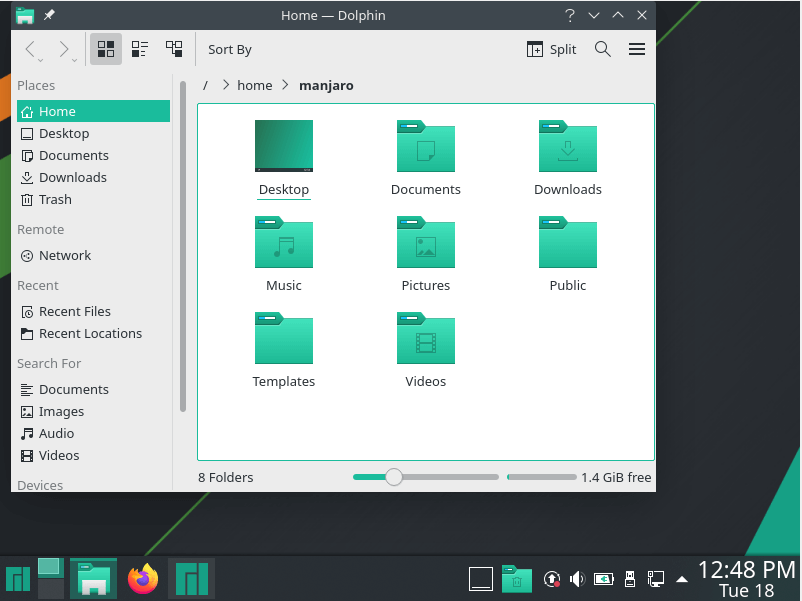
You can easily set your preferred desktop background, change the theme, style of widgets, and so much more. KDE Plasma is tailored for users who want a user-friendly experience with a touch of simplicity and flexibility.
At the time of writing this review, the latest Manjaro available on KDE is Manjaro 20.0.3 which is available in both 32-bit and 64-bit.
2. Kubuntu
By default, Kubuntu ships with KDE, the benefit of which is the combination of the merits of Ubuntu with a modern, lightweight and appealing UI. For those of you riding the Plasma wave, you might already be aware that the latest release. Kubuntu 20.04 ( Groovy Gorrila ) ships with KDE Plasma 5.19 as of 9th June 2020.
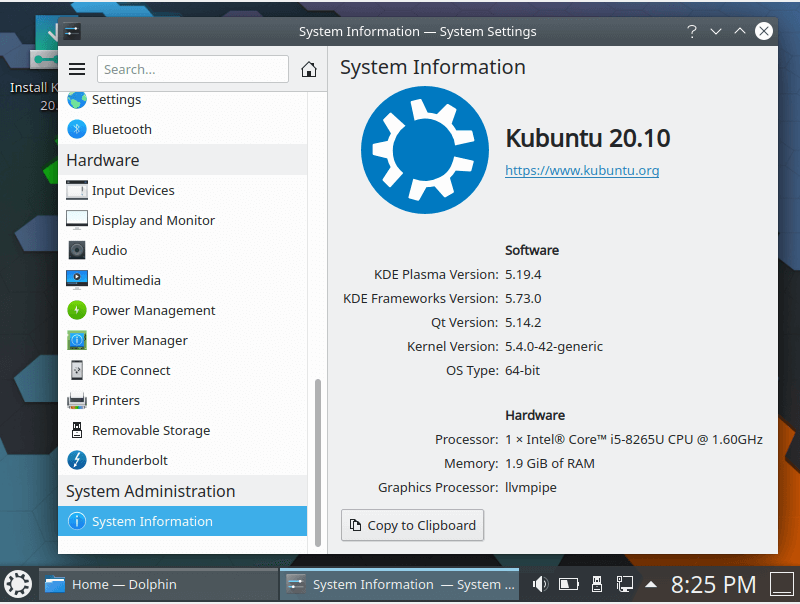
KDE 5.19 was developed with an emphasis on consistency and unification of desktop elements and widgets in mind. This enhances usability and gives users better control over their desktop. Generally, components are much easier to use, giving users a pleasurable experience.
Once you log in, the first thing that you will notice is the new eye-catching wallpaper that adds a splash of color to your desktop. Feel free to click anywhere on the desktop and select the option “Configure desktop” from the menu and select a different wallpaper.
You get three themes to choose from Kubuntu, Breeze & Breeze Dark. Various widgets such as system monitor and media playback applet have been overhauled to yield a new refreshing look. There are many other subtle improvements that have been added to improve the general appeal and improve user experience.
KDE 5.19 also ships with Dolphin file manager that includes the subsurface clipping feature which minimizes the flickering of applications, thereby reducing eye strain. Additionally, icons on the title bar have been recolored to match the color scheme, effectively making them easily visible.
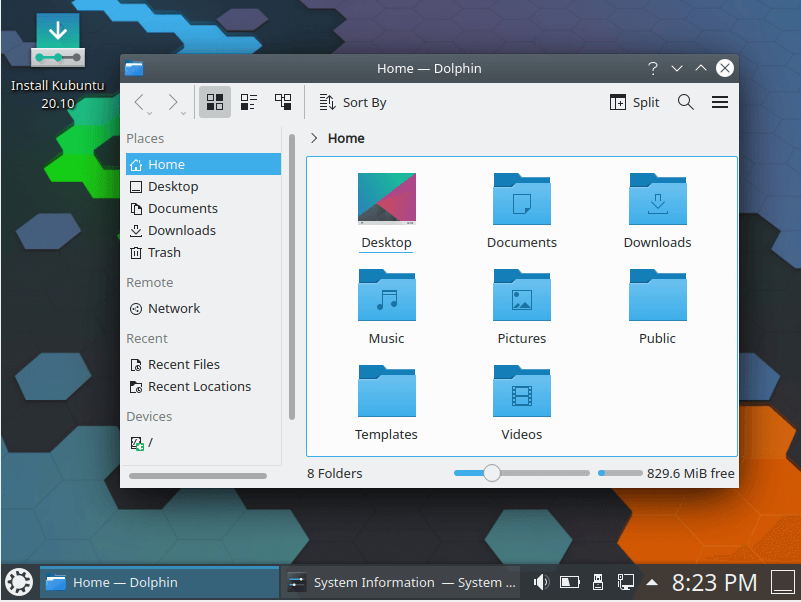
KDE 5.19 also packs a new set of beautifully designed avatars to choose from when creating new users.
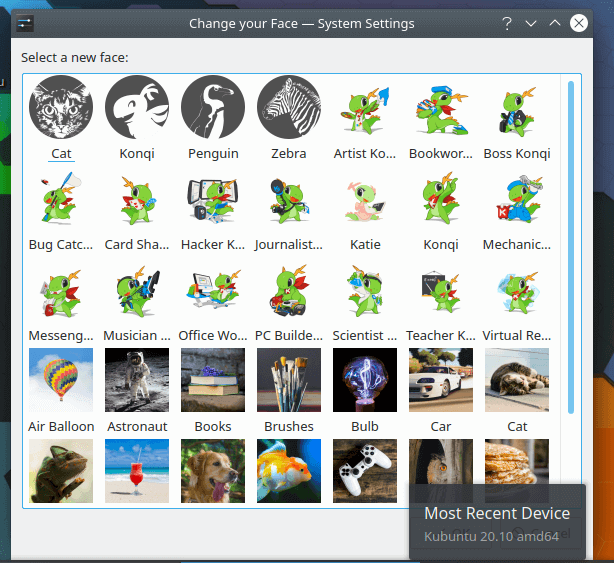
The KDE Kubuntu 20.04 LTS is only available in 64-bit architecture.
3. KDE Neon
KDE Neon is a community-based operating system now rebased on Ubuntu 20.04. KDE Neon ships with the latest Plasma experience from the KDE community combined with the stability and security of a Ubuntu LTS release. This makes it the ideal system to go for when trying out or testing the most recent Plasma releases.
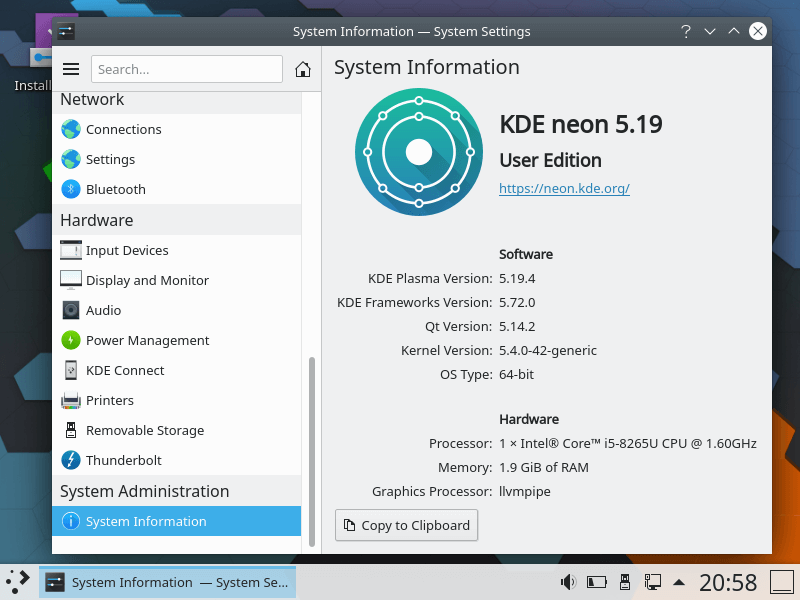
To try out KDE Neon, the User Edition is what you would want to go and download. It comes with all the latest from the KDE community on a stable build, unlike the Testing edition which is buggy.
With KDE Neon, rest assured that your Plasma environment, as well as KDE applications, will be continuously updated to provide a stable and secure system.
4. OpenSUSE Tumbleweed
OpenSUSE comes in 2 flavors: OpenSUSE Leap, which is a stable fixed release, and OpenSUSE Tumbleweed which is purely a rolling release. Generally, OpenSUSE is focussed on Software developers, and sysadmins and is usually deployed on servers given its high stability and enhanced security.
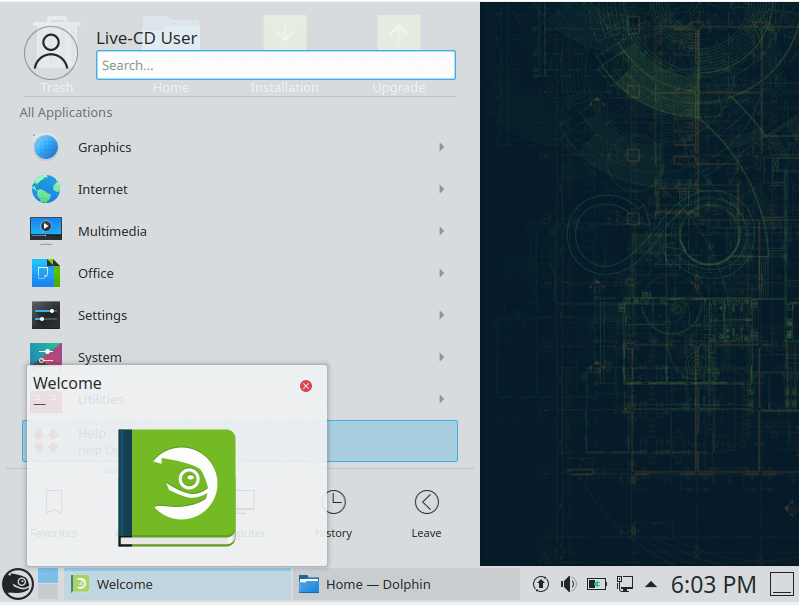
Still, OpenSUSE is available for desktop users and Linux enthusiasts, and users can choose from a variety of desktop environments such as GNOME, XFCE, KDE Plasma, Cinnamon, MATE, and LXQt.
KDE Plasma 5 comes out more refined than the rest. Unfortunately, there is little in the way of customizations and users may not enjoy the freedom of making tweaks here and there, unlike earlier mentioned distributions. For example, you are limited to the number of wallpapers you can choose from.
5. KaOS 2020.07
KaOS is an independently built Lean KDE distribution inspired by Arch Linux. It’s another rolling distribution built with an emphasis on KDE Plasma 5 and Qt.
Just like Arch Linux, It uses Pacman as its package manager. The downside to KaOS is the limited number of repositories which means you users don’t have the luxury of thousands of packages to download unlike in other systems like Kubuntu.
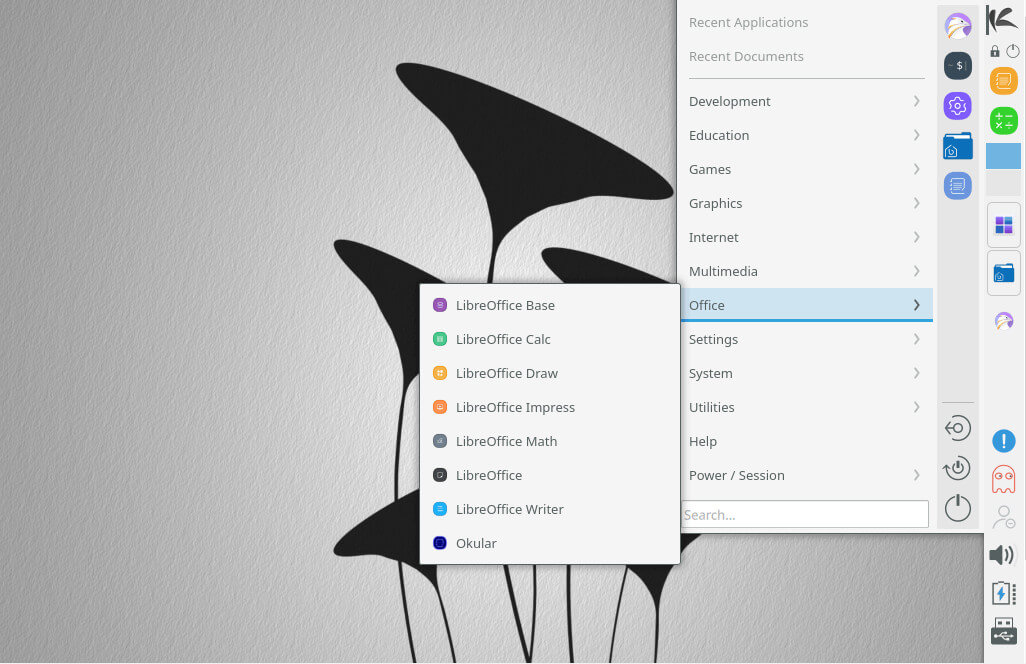
KDE Plasma 5 is the native Desktop environment and is a bit toned down, unlike other distributions. It’s quite minimal and resource-friendly while at the same time providing the basic KDE applications out of the box. The UI is quite stunning and while it has limited software packages, it works quite okay for an average desktop user. KaOS is only available in 64-bit architecture.
6. NetRunner
Netrunner is based on Debian and the latest version is Nerunner 20.01 released on 23rd February 2020. It comes with a drop-dead gorgeous UI that sets it apart from the rest. It ships with its own theme known as the Indigo global theme with variants such as Theming-wise.
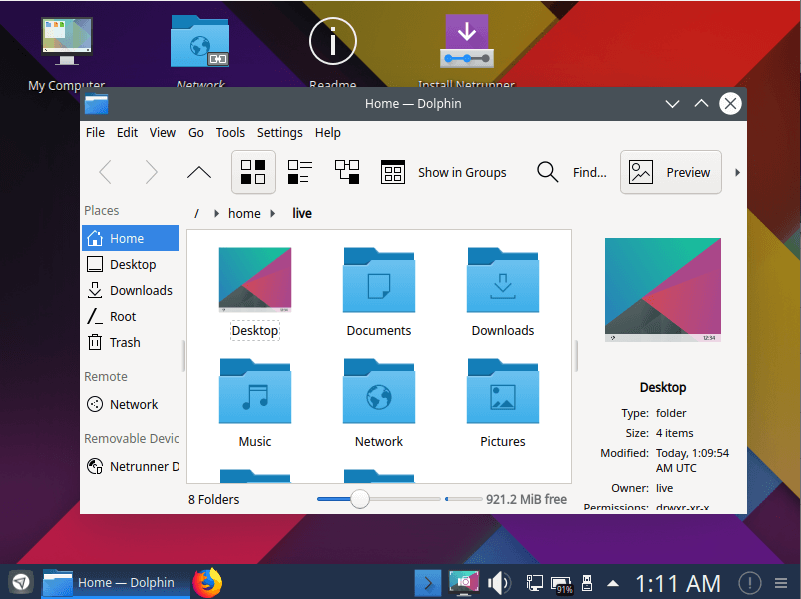
Out of the box, you get a mix of tools and applications to get you started out. These include productivity applications such as LibreOffice suite, image editing tools such as GIMP and Krita, the popular Inkscape for vector graphics, and chatting applications such as Skype and Pidgin.
That was a roundup of some Linux distributions we felt exude some elegance & visual appeal while at the same time offer the stability and simplicity required by most users. Let us know your thoughts.



